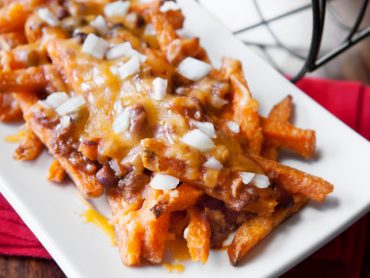In Vino Veritas Part XXVI: German Giants
Coming at you fresh off a FIFA World Cup victory and right on time for Oktoberfest, which this year takes place from September 20th to October 5th. For those of you who can’t take the time off work to travel to Munich, there’s a lot you can do to bring the spectacle home for your guests to enjoy, both for the duration of this quintessential German celebration and for the rest of the year.
The title of this blog series denotes wine, but our first thoughts about Germany and Oktoberfest lean more towards beer. After all, the nation does have a proud and deep-rooted heritage of brewing, so you definitely won’t be buying bland beer by stocking one or more golden lagers from the big six sponsor breweries (Augustiner-Brau, Hacker-Pschorr, Hofbrau, Lowenbrau, Paulaner and Spaten).
Outside of Bavaria is a plethora of delicious beers of all varieties ranging from white (weiss) or wheat (weizen) to pilsners, lagers or dark lagers (schwarzbier). These are perfect for any themed Oktoberfest party you might plan for your restaurant or as a regular addition to the menu. Keep in mind that many ‘old world’ beermakers don’t add preservatives or other artificial ingredients and as such their serviceable delivery range is quite limited, but this detriment comes with the lofty benefit of enhanced flavor.
German wines shouldn’t be sidelined either. Many of their varietals and vineyards rival those of the more preeminent wine-producing European nations of France or Italy, even though the volume isn’t quite there. The fact remains that, like the rest of the Mediterranean, Germany has been making wine since Roman times and in the modern era, they’ve been especially proactive in bringing their quality up to match that of the leading winemakers.
Most German wines are produced along the Rhine and its tributaries in the western states (Mosel, Nahe, Main, Neckar, etc.), with breathtaking landscapes of vineyards on steep 45 to 70 degree verdant hills abutting the broad waterways. If you ever have the opportunity, take a cruise along the Middle Rhine starting (approximately) at Koblenz, where vineyards and lush forests mix with preserved medieval towns, cathedrals and hilltop castles.
To keep things simple, the dominant grapes to remember are Riesling, Pinot Gris (locally known as Grauburgunder), Silvaner and Muller-Thurgau for the whites, and Pinot Noir (called Spatburgunder) and Dornfelder for the reds.
As both Pinots are more appropriately discussed in relation to French and Burgundian wines, the centerpiece of any German selection should be a Riesling (the second most-produced white, Muller-Thurgua, is based off the Riesling and shares many of its properties). Typically sweet, dry, acerbic and with a pungent dose of citrus fruits, these wines pair best with seafood, pork, cream-based sauces or spicy dishes. A tad more unusual, Silvaner can be compared to the main Austrian varietal Gruner Veltliner with a milder, floral taste great for chicken, fowl or desserts.
And when it comes to Oktoberfest and delivering a genuine German experience, you might also want to consider throwing in a few local dishes as accompaniments. Think sauerkraut (fermented cabbage) and bratwurst (grilled sausages), but also knodel (potato dumplings), sauerbraten (pot roast), rotkohl (braised red cabbage) or pretzels with horseradish mustard as a snack. German cuisine is very filling and when paired with a hearty lager or glass of wine, you can’t go wrong.
(Article published by Larry Mogelonsky in HOTELSmag on September 9, 2014)




